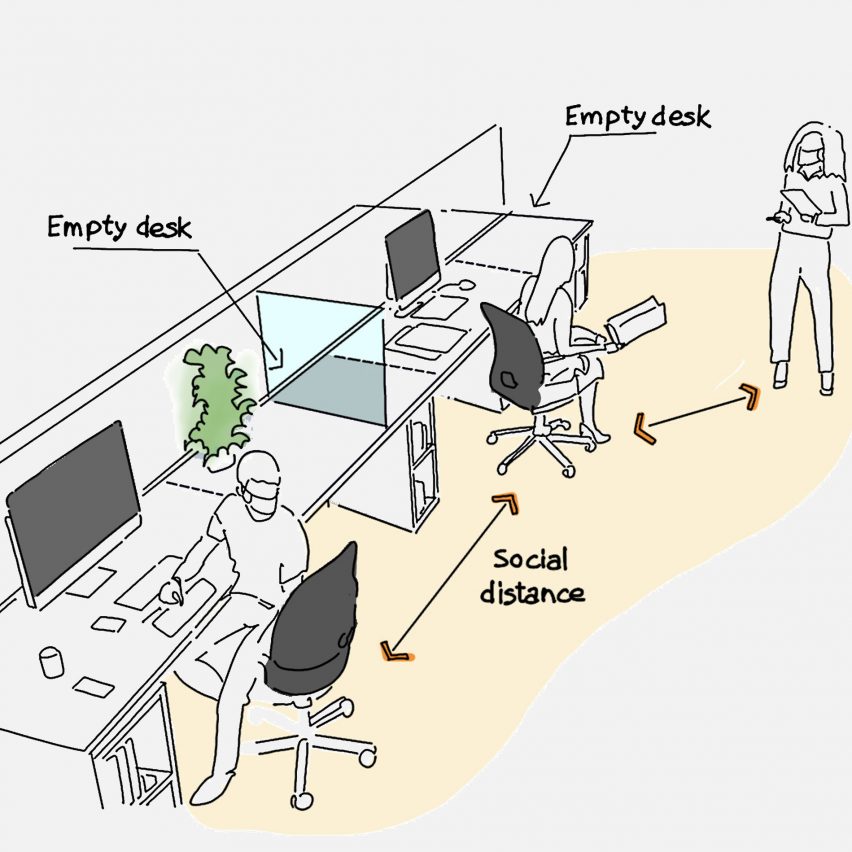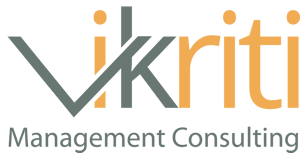What Will Your Office Look like After Covid-19?
Authored by Ayesha Rajan, Research Analyst at VIKRITI Management Consulting

Introduction
To many people the concept of an office experience includes a water cooler, round table meetings and opportunities to bounce ideas off of one another. However, those experiences may be a thing of the past as Covid-19 has dramatically restructured our routines and interactions. While we once brushed shoulders with a random person at crosswalk without a care in the world, we now see our opportunities to socialize dwindle – the handshake has already become an elbow bump, what’s next? Will we still see our holiday parties? Will we even see our co-workers in person? How has Covid-19 changed our work-life balance? These are all questions we will look at in this article.
Steps to Reentering Your Office
Step 1: Workforce Planning
EmPower HR[1] suggests breaking each step of getting back to work into even smaller pieces. The first step is evaluating who is going to be back at work. To answer this question, HR needs to ask whose job functions are most dependent on coming into the office, i.e. which employees/departments will have the most impact upon returning to the office? This is the first group that will be considered to bring back into the workplace. After it is determined who can return to work, the next question is who will be able to come to work? There are numerous factors affecting both who and how employees will be able to return to a regular office setting. These include employee health factors, the ability of the office to observe social distancing rules and the ability of parents to have their children cared for while they are at work.
The Covid-19 pandemic has caused a shift in policies for schools with some schools opening with precautions, some limiting days or adopting hybrid learning, and others, especially for older children and college students, moving completely online through the 2020-2021 academic year. This will likely impact the availability of working parents to come into the office and force offices and parents alike to find a different work-life balance.
The next question that need to be asked is if staffing needs remain the same – has Covid-19 decreased or increased demand for products in a given industry? This may cause a rethinking of both staffing numbers and roles within an organization. Companies that are hiring will need to adjust their interview and hiring practices to the evolving situation. These steps will help companies prepare to reopen as they create a plan to determine which employees will return to the office and when, as well as how they will make their return and what steps need to be taken to ensure the safety of employees.
Step 2: Safety Measures
Once it is established who will return to the office in each phase of reopening, HR must establish and uphold measures to keep employees safe. Some steps many employers are taking/plan to take are temperature checks before entering the office and ensuring self-isolation for those who have been in contact with someone currently ill. Once inside, there should still be steps taken to prevent the unnecessary spreading of germs such as establishing social distancing in the office and even areas where employees can be completely alone. Providing masks, gloves and hand sanitizer will also be essential to the return of employees to work, as well as restricting non-essential work-related travel. Furthermore, with the strong possibility of a second wave later in the year, it is critical that HR create a contingency plan to limit future in office activity. .
Step 3: New Policies and Procedures
One important consideration is that many employees may not feel safe coming back to work even if offices are allowed to reopen. This is very important to take into account when adjusting office policies and procedures. It could be unfair to force people to come back to work, which raises the question of how companies can incorporate flexible scheduling and relaxed attendance when possible in order to best protect the physical and mental health of employees. Consequently, paid time off policies will likely see dramatic changes as well; EmPower HR encourages employers to anticipate, account for and allow more time off with each stage of their office reopening. Another change that people may see their workplace adopt is assigned staggered lunches so that not everyone is in a breakroom or cafeteria at the same time.
Conclusion
As businesses and offices begin to reopen and let employees come back to work, there is a host of things that need time and consideration beforehand in order to assure the health and safety of employees. We will likely see a limited reintroduction of people to the office as the months continue, with adjustments being made as new information comes along. However, it seems fairly safe to say that the ways in which we once worked may largely be gone. People will likely not take breaks in public areas or engage in as much small talk as before. In fact, many people may never go back into an office again with many companies choosing to keep operations online. Ultimately, the workplace as we know it is in the midst of a significant change that may force us to adapt to a new environment.
Works Cited
[1] https://www.empowerhr.com/getmedia/998711e9-1499-4a58-9e4d-81ce07b3be14/EmPower-Return-to-Work-Checklist.pdf
